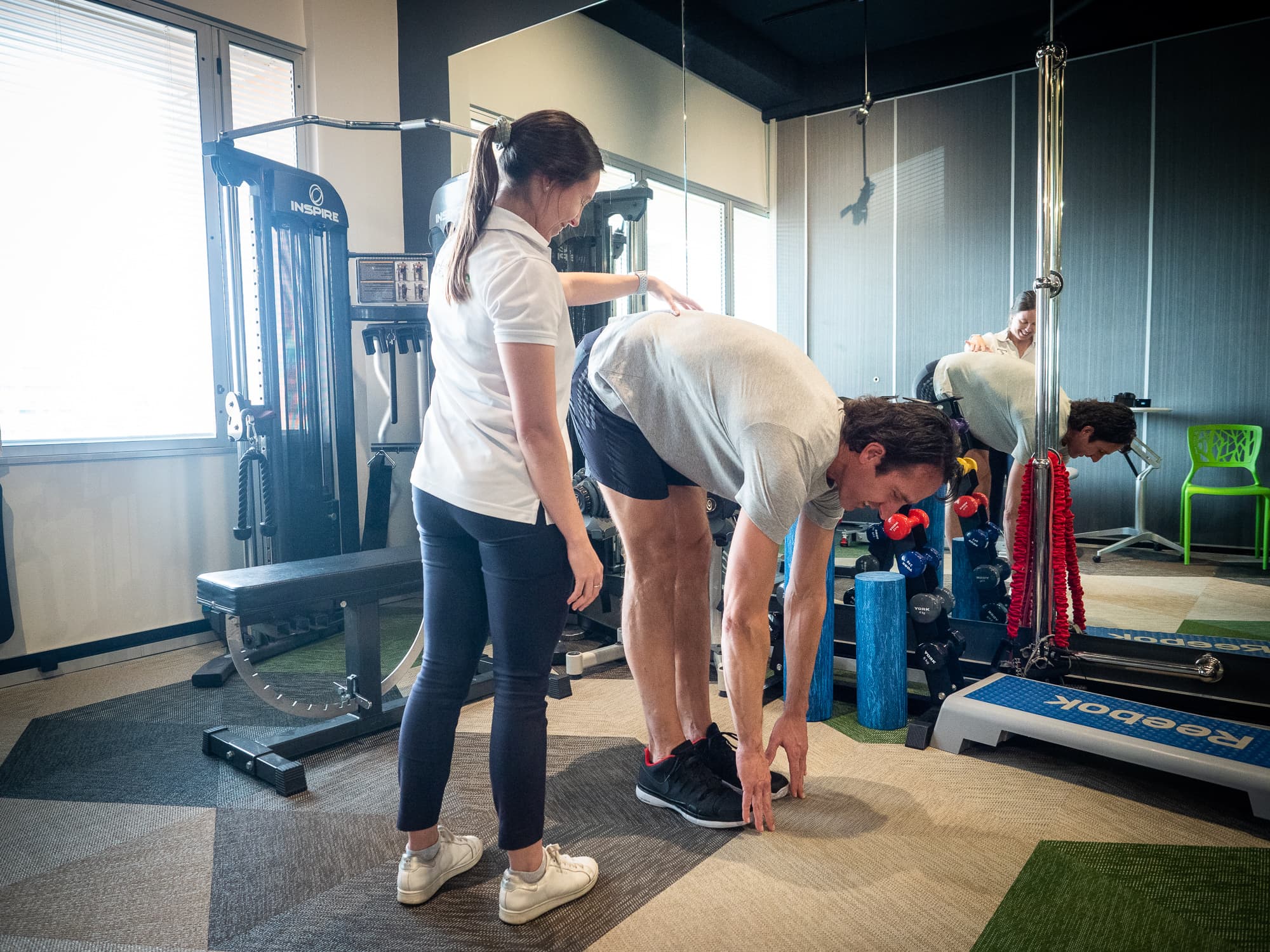
The first question we need to ask is whether exercise is good for low back pain. The resounding answer is YES! Every high-quality study and every meta-analysis of the literature comes to the same conclusion. Exercise is the best first-line treatment for low back pain. So the next question is, which exercise is best? Well, that depends…
What exercise are you capable of performing?
There is no point recommending that you run up stairs if you have bad knee arthritis, or to lift heavy weights if you have osteoporosis. An exercise program needs to be tailored to your general health and your specific capabilities.
What exercise do you enjoy doing?
Similarly, it is unlikely that you will follow a hydrotherapy or cycling programme if you can’t swim or ride a bike. The key to success with exercise is compliance, and the best way to ensure you do your exercises is to make it enjoyable. What you are used to or like doing must be taken into consideration when designing an exercise programme.
What is wrong with your back?
Even though we often can’t make an exact diagnosis for your low back pain, we can usually find some pattern to pain. For example, we can often classify back pain into extension-related or flexion-related, which refers to what movement triggers the pain. We need to take this into account when designing an exercise programme as we need to avoid certain movements and focus on others. Similarly, if you have nerve pain or muscle weakness, these need to be carefully considered when recommending what exercises to do.
What does research say is the best exercise?
Because back pain is such a major cause of disability, governments in Denmark, the UK and the USA have developed guidelines for the treatment of back pain. None recommend one exercise over another, because there is no evidence that one form of exercise is clearly better. There is some suggestion that the most effective exercises are those involving trunk stabilisation/motor control, Pilates, aerobic training and resistance training, with water training and yoga also found to be beneficial. What is clear from research was that active exercise is better than hands-on treatment such as massage and manipulation.
So the answer is…
Exercise is generally good for back pain. You need to select a type of exercise that is suitable, depending on
- what is likely wrong with your back or at least whether there are any potential serious issues such as nerve compression
- what limitations you have due to your general health and fitness
- what physical activities you like and don’t like doing
You can choose specific back stabilisation exercises, Pilates, yoga, aerobic exercise, weight training or hydrotherapy, or a combination, but the activities need to be tailored specifically to you. All this can be hard to do on your own, and the best solution is to engage the assistance of an expert, ideally a physiotherapist or exercise physiologist with experience in treating spinal problems, to guide you through the process.
References (in order):
- Owen PJ, Miller CT, Mundell NL, et al. Which specific modes of exercise training are most effective for treating low back pain? Network meta-analysis. British Journal of Sports Medicine Published Online First: 30 October 2019. doi: 10.1136/bjsports-2019-100886
- Foster, Nadine E. Buchbinder, Rachelle et al. Prevention and treatment of low back pain: evidence, challenges, and promising directions. 2018. The Lancet, Volume 391, Issue 10137, 2368 – 2383
- Stochkendahl MJ Kjaer P Hartvigsen J et al. National clinical guidelines for non-surgical treatment of patients with recent onset low back pain or lumbar radiculopathy. Eur Spine J. 2018; 27: 60-75
- UK National Institute for Health and Care Excellence. Low back pain and sciatica in over 16s: assessment and management. https://www.nice.org.uk/guidance/ng59. Date: November 2016
- Qaseem A Wilt TJ McLean RM Forciea MA Clinical Guidelines Committee of the American College of Physicians. Noninvasive treatments for acute, subacute, and chronic low back pain: a clinical practice guideline from the American College of Physicians. Ann Intern Med. 2017; 166: 514-530
